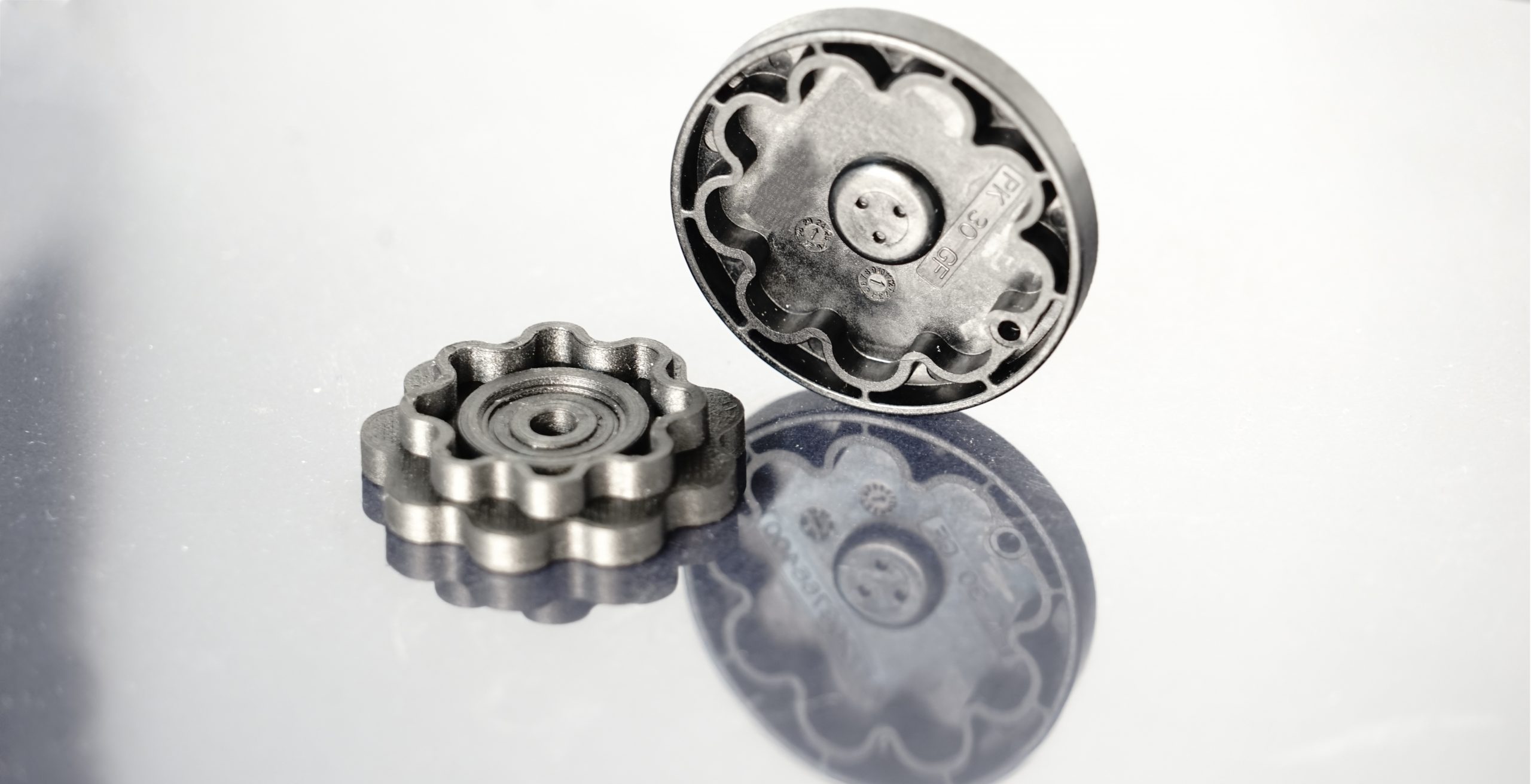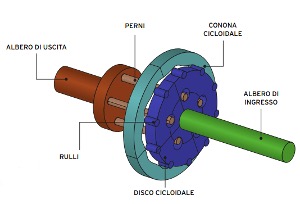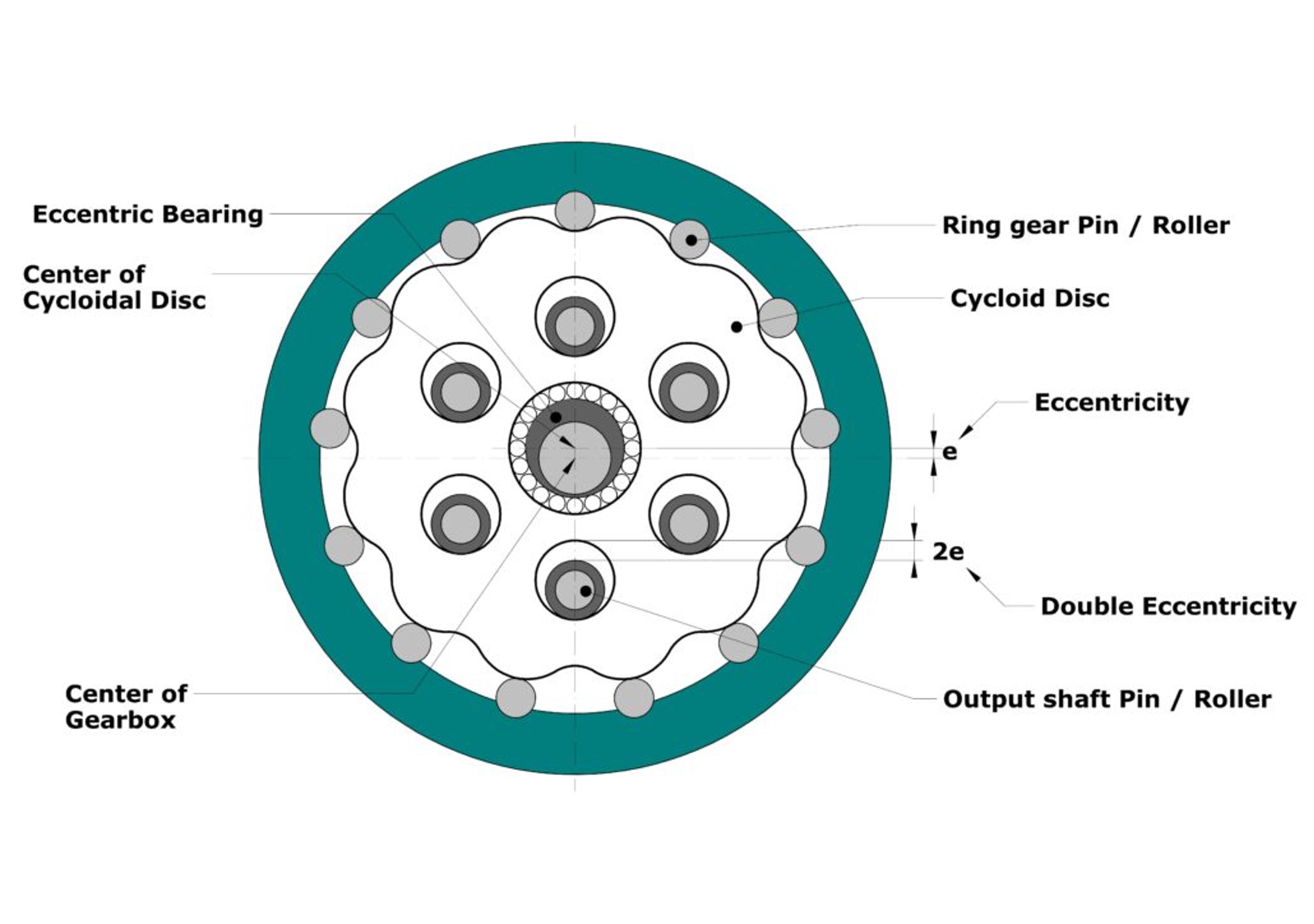Let Stagnoli explain what cycloidal drives are and how they work
12 February 2024
Cycloidal drives represent a crucial element of mechanical engineering, especially in the transmission of motion in various industrial contexts. Their compact construction and operational flexibility also make them suitable for applications in confined spaces, thus helping to maximise the efficiency of power transmission systems. Their versatility is crucial in varied and complex industrial scenarios, where speed reduction and motion transmission require technologically advanced and reliable solutions. Their innovative design is based on a roller gear mechanism, which offers significant advantages over traditional drives.

Before we explore their advantages, let us delve into the functioning principle of cycloidal drives together. Cycloidal drives consist of four main components:
- An eccentric shaft that transmits the input motion;
- A cycloid disc which is mounted on the eccentric shaft;
- A cycloid gear which engages with the cycloid disc;
- An output shaft.
The shaft is moved by pins acting on holes in the cycloid disc. The rotation of the eccentric shaft causes the rotation of the cycloid disc, which engages with the cycloid gear. The rotation of the disc starts the movement of the pins in the holes in the cycloid disc. This bore-pin coupling allows the output shaft to rotate. The output shaft's rotational speed is defined by the gear ratio i=z1/z1+z2i, where z1 is the number of rollers on the cycloid disc and z2 is the number of lobes on the gear.
The special feature of cycloidal systems is that it is possible to obtain functioning systems even with a difference of only one tooth. Very high reduction ratios can be achieved as a result.


The differences between cycloidal and planetary drives
In general, planetary drives are used to achieve greater reduction in a smaller space than cascade drives. In a planetary reduction stage with the same number of teeth between the pinion and gear, higher ratios are achieved in favour of the planetary drive than in the cascade drive, reaching up to +20%.
The gears have multiple engagement in planetary reduction, unlike in parallel gear reduction where there is only one gear. This results in lower tooth forces with the same amount of torque to be transmitted, so planetary reduction requires smaller dimensions with the same unit forces.
Cycloidal drives, on the other hand, perform better in terms of torque transmitted than even planetary drives. The load is absorbed by a larger number of pins/rollers and cycloidal lobes, unlike planetary or ordinary drives which only have one or two teeth absorbing the internal shear stress.
Higher torques can be transmitted than with planetary drives due to internal compressive (not shear) stress and an overlap factor between the rolling elements of up to 70% of the main surfaces in contact at the same time.
In summary, cycloidal drives are sophisticated mechanical components, which use intelligent planetary motion to provide precise and efficient speed reduction. Their presence across different industries contributes significantly to the optimised performance and reliability of mechanical systems.
Stagnoli's experimental contribution to cycloidal drives
Our company has been studying cycloidal drives for some time to understand their use and feasibility for metal replacement on certain components. Our research into increasingly high-performance plastics and knowledge of how to process them are allowing us to work to achieve this goal and offer truly innovative solutions.
Our research and development department has already designed and prototyped some samples that are currently undergoing preliminary testing. We are aware that it will be an arduous challenge to transform these drives or parts of them into technopolymer, but, as it is well known, the challenges that have given us the greatest satisfaction in the past have been those that were considered impossible.
Would you like to find out more about cycloidal drives? Get in touch with Stagnoli.
